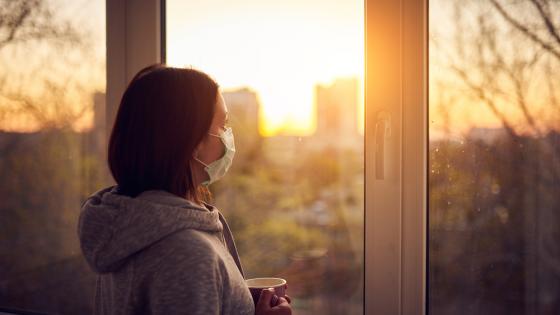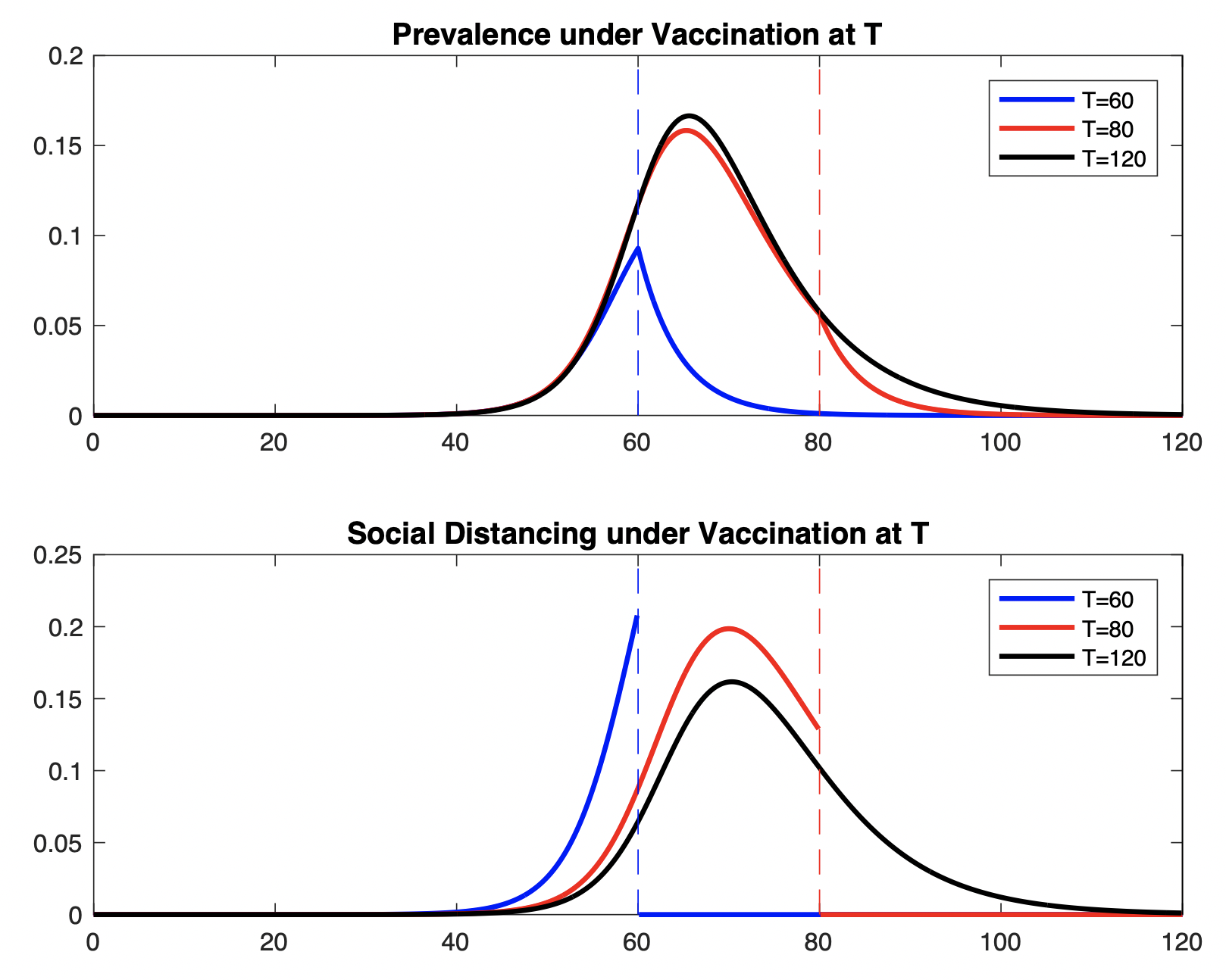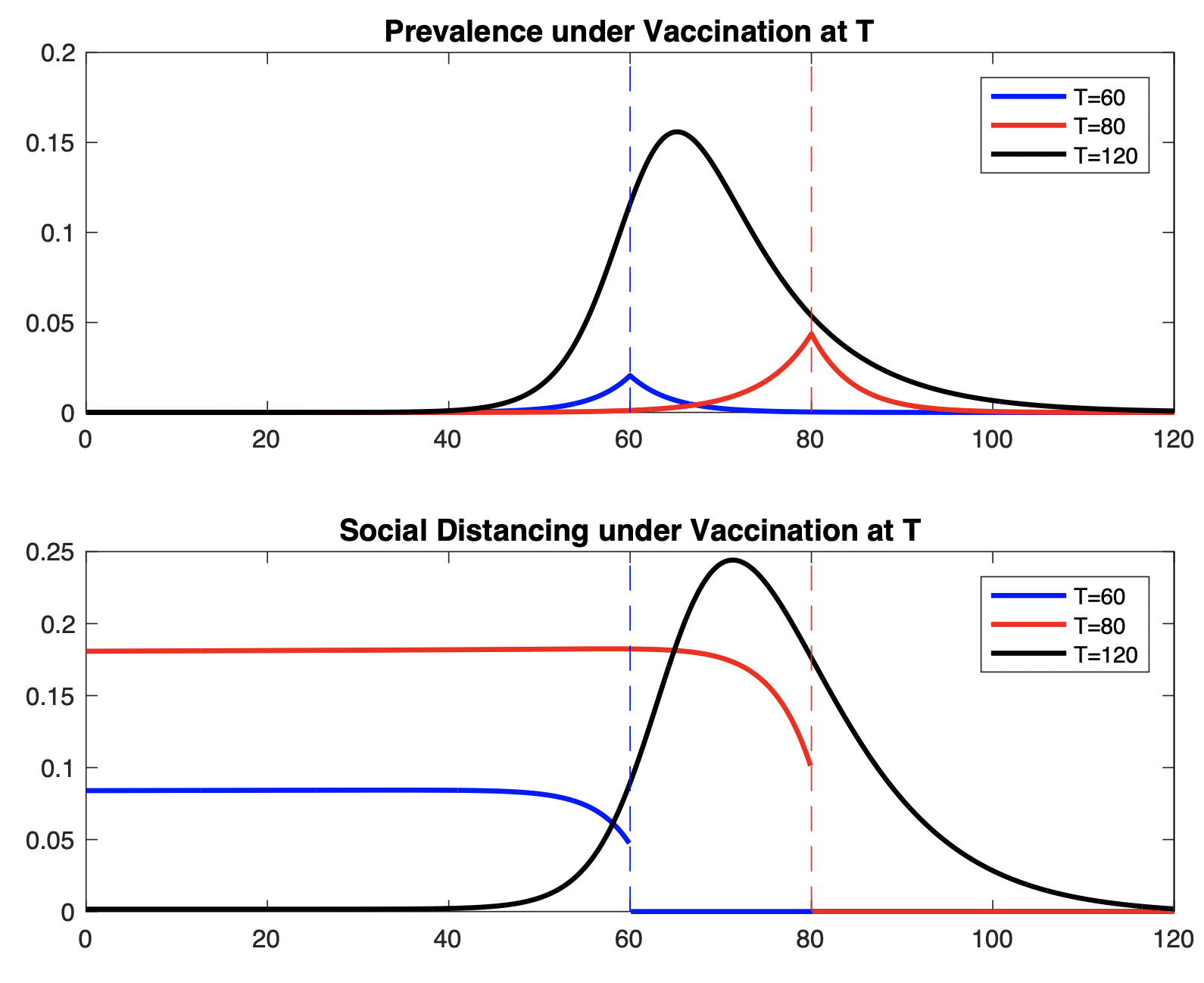On 13 November 2020, standing in the Rose Garden of the White House under intense worldwide attention, President Trump announced the much-anticipated results of Operation Warp Speed, the US government’s signature effort to promote the development of an effective vaccine against COVID-19. With evident pride, Mr Trump hailed the recent announcement by the pharmaceutical company Pfizer that their most recent Stage III trial results indicated that their candidate vaccine may be as much as 90% effective. Furthermore, the president and subsequent speakers emphasised that if all goes well, the first vaccines will be delivered as early as December 2020 and that logistical planning for mass delivery was already well underway.
This creation of effective vaccines is undoubtedly a significant scientific and public health breakthrough, which will greatly change the course of the epidemic and become a central tool in the fight against the disease. But at the same time, it raises another important question: now that a vaccine is around the corner, how do we best manage the transition to a post-vaccine world where we no longer need to rely exclusively on non-pharmaceutical interventions? In other words, now that vaccines are coming to our rescue, does that mean that we as societies can ease some of the very costly restrictions that we have recently imposed and start living more normal lives?
On this point, Mr Trump was characteristically blunt, stating that:
“[…] this administration will not go, under any circumstances — will not go to a lockdown, but we’ll be very vigilant, very careful. […]. We ask all Americans to remain vigilant, especially as the weather gets colder and it becomes more difficult to go outside and to have outside gatherings.”
In other words, while the president did urge caution from private citizens, he did not think it necessary to impose any additional measures such as lockdowns to further restrict the spread of the disease. In contrast, the UK government has announced that: “Our strategy is to suppress the virus, protecting the economy, education and the NHS, until a vaccine can make us safe.”1
But if the vaccine is so close, does this really matter? What are the citizens’ private incentives to heed the president’s advice, and would it be socially desirable for the government to further restrict the activities of its citizens to curb infection before the vaccine arrives?
Economists have thought about the effects and deployment of vaccines for many decades (Chen and Toxvaerd 2014), but the question has gained renewed prominence during the current crisis. This is because the main tools of disease control so far, namely voluntary social distancing and government-imposed restrictions such as lockdowns and business closures, have proved extraordinarily damaging to both the economy and people’s social lives.2 Much recent research, exemplified by Eichenbaum et al. (2020), Alvarez et al. (2020), Farboodi et al. (2020), and Garriga et al. (2020), consider models in which the private and public efforts to socially distance to reduce the spread of infection happens under the expectation that vaccines or cures may arrive at some unknown and uncertain future date. This often has the effect of changing how decision makers value future costs and benefits, thereby also influencing current behaviour.
In Makris and Toxvaerd (2020), we take another tack and formally consider the incentives to self-protect when the vaccine is known to become available at some specific future date, denoted by T. We assume for simplicity that once the vaccine arrives, it provides sufficiently effective protection against infection such that people can significantly reduce social distancing and substantially return to life as normal.
In this context, we ask the following:
- How does the arrival of the vaccine at date T alter individuals’ incentives to self-protect between now and then?
- How would a benevolent social planner prefer individuals to self-protect?3
Our findings are best understood by using an analogy. Suppose you consider buying a lottery ticket. How much would you be willing to pay for it? Surely, one important consideration will be the likely payout from winning, and another will be the probability of winning. Holding fixed the size of the prize, a higher likelihood of winning will make the lottery more attractive, making you more willing to pay for a chance to win. Social distancing and vaccines can be thought of in a similar way. Recall that social distancing involves all sorts of costs, from not meeting friends and family, feelings of loneliness and isolation to lost earnings from staying away from work. These costs are what make social distancing so damaging to our society and are analogous to the cost of the lottery ticket. The protection the vaccine offers can similarly be thought of as the payout from winning. What, then, is the lottery? Recall that people not previously infected by the virus are the primary beneficiaries of the vaccine. For infected people, the vaccine comes too late, while recovered people may already be protected by natural immunity. Therefore, to benefit from the vaccine, a person must ensure that he or she keeps safe from infection till the date of vaccination.
No practical amount of social distancing confers 100% protection, and so people will always face some risks of infection and, consequently, not benefiting from the vaccine. This means that when the vaccine is still far off in the distance, people have lower incentives to self-protect than when it is closer. When vaccine protection is a distant prospect, the probability of making it safely through till it arrives is moderate, making incentives to engage in social distancing low. But as the vaccine comes closer, the probability of making it safely through are greatly increased, making self-protection more desirable. People therefore gradually ramp up social distancing as the vaccine’s arrival comes closer.
Figure 1 Equilibrium social distancing and prevalence when a vaccine is anticipated to become available at date T
This is illustrated in Figure 1, which shows equilibrium disease prevalence (upper panel) and equilibrium extent of social distancing (lower panel) for three hypothetical scenarios characterised by varying vaccine arrival date: T=60, T=80, or T=120. These correspond to the scenario where vaccines arrive either somewhat before or after the peak of the epidemic, and to the scenario of the vaccine arriving when the epidemic has run its course. We note several important features. As described above, relative to the benchmark of a superfluous vaccine (T=120, black line), social distancing is uniformly higher when a vaccine is anticipated either before or after the peak is reached (T=60, blue line and T=80, red line). In addition, it is evident that as the arrival of the vaccine approached, individuals have an incentive to increase efforts to self-protect. Last, we note that once the vaccine arrives and individuals are effectively inoculated, costly social distancing drops to negligible levels.4 In the upper panel, we can trace the effects of the individual social distancing choices on disease prevalence. As self-protection hampers the spread of the disease, the anticipation of the vaccine works to curb disease incidence and prevalence.
This leaves us with the question of what the choices of social distancing would be if all citizens strictly adhered to the recommendations that maximise overall societal wellbeing. When individuals act mainly to protect themselves or their households, without factoring in the knock-on effects that their decisions have on society at large, then the outcomes of voluntary and spontaneous efforts to self-protect do not typically maximise social wellbeing. The reason is a well-known finding in economics, namely that people may not generally internalise the external effects they have on others. But a benevolent social planner, having the wellbeing of the whole population at heart, explicitly takes such effects into account. This means that a social planner would generally choose a different path of social distancing than what would happen in equilibrium. The socially optimal paths of social distancing are displayed in Figure 2, which mirrors Figure 1. As can readily be seen by comparing the two figures, both the paths of social distancing (lower panel) and the corresponding paths of disease prevalence (upper panel) are different irrespective of the arrival date of the vaccine. In particular, socially optimal social distancing is higher than voluntary social distancing at the early stages, when the news of a vaccine arrival is first received.
Figure 2 First-best social distancing and prevalence when a vaccine is anticipated to become available at date T
As our analysis makes clear, the prospect of an effective vaccine materially alters people’s incentives to safeguard their health until the vaccine arrives. This means that as the vaccine approaches, people may show increasing unwillingness to be socially active, share public spaces, eat out, or to show up at work. This may have important knock-on economic effects, as many businesses rely on footfall and physical proximity to make a profit and for employees to show up to work to be able to function effectively. This will lead to a complicated transition period to a post-vaccine future that, while difficult, must be judiciously managed.
References
Alvarez, F, D Argente and F Lippi (2020), “A Simple Planning Problem for COVID-19 Lockdown, Testing and Tracing”, mimeo.
Baldwin, R and B Weder di Mauro (2020), Economics in the Time of COVID-19, VoxEU.org, 6 March.
Chen, F and F Toxvaerd (2014), “The Economics of Vaccination”, Journal of Theoretical Biology 363: 105-117.
Eichenbaum, M S, S Rebelo and M Trabandt (2020), “The Macroeconomics of Epidemics”, mimeo.
Farboodi, M, G Jarosch and R Shimer (2020), “Internal and External Effects of Social Distancing in a Pandemic”, BFI Working Paper 2020-47.
Galeotti, A, P Surico and J Steiner (2020), “The Value of Testing”, VoxEU.org, 23 April.
Makris, M (2020a), “Covid and Social Distancing with a Heterogenous Population”, University of Kent, Department of Economics Working paper Series No: 2002.
Makris, M (2020b), “COVID-19 and Social Distancing: Accounting for Individual Actions Could Change the Way Lockdowns Are Designed”, VoxEU.org, 4 May.
Garriga, C, R Manuelli and S Sanghi (2020), “Optimal Management of an Epidemic: Lockdown, Vaccine and Value of Life”, HCEO Working Paper Series, 2020-031.
Makris, M and F Toxvaerd (2020), “Great Expectations: Social Distancing in Anticipation of Pharmaceutical Innovations”, COVID Economics 56, 9 November.
Toxvaerd, F (2020), “Equilibrium Social Distancing”, COVID Economics 15, 7 May.
Endnotes
1 Matt Hancock, UK Health Secretary, 1 October 2020.
2 For examples of other demonstrations of how economics can contribute in the management of the COVID-19 crisis, see Baldwin and Weder di Mauro (2020), Galeotti et al. (2020) and Makris (2020b).
3 Makris (2020a) and Toxvaerd (2020) study SIR models with endogenous social distancing, but without an anticipated pharmaceutical innovation. Those models are therefore similar in spirit to our benchmark setting of a superfluous vaccine.
4 In these simulations, social distancing drops to zero because the vaccine is assumed to be completely effective. With an imperfect vaccine, the drop will still be present, but it will not necessarily drop to zero.





